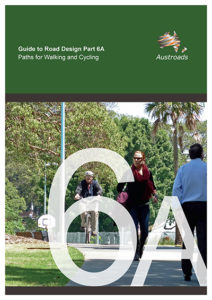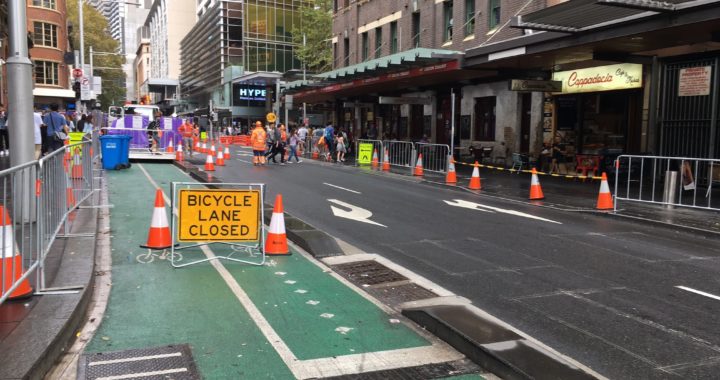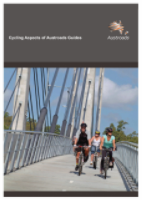BIKEast recently provided feedback on Austroads’ proposed changes to Temporary traffic management roles and related training.
What is Austroads?
Austroads is the peak organisation of Australasian road transport and traffic agencies. They undertake road and transport research. These documents are then used by government agencies and land owners as guidance for the design, construction and management of road networks and associated infrastructure.
Their cycling infrastructure guidelines can be a useful reference when urging organisations to improve their facilities. Most are free and available by signing up to the website.
Current overhaul of traffic management processes
Following our ongoing work with Bicycle NSW and City of Sydney improving safety at road construction sites in Sydney, we knew Austroads was undergoing an overhaul around traffic management planning and traffic control.
Opportunity for feedback
In November 2018, we noticed an opportunity to provide feedback on proposed changes for Temporary traffic management roles and related training.
We were are particularly interested in this initiative as we have been pursuing safety issues with the Sydney and South East Light Rail and other CBD construction.
In the worst cases, it has resulted in instances where people on bicycles have been directed around construction on protected cycleway infrastructure, and directly into one-way oncoming city traffic (see photo above).
Our submission
As part of our submission we stated:
Currently, cycling is often omitted in safety planning for road worksites, and people on bicycles are often left confused and without an alternative, safe facility, without adequate kerb ramps to transition, and/or left to unsafely dismount and walk (for some, walking a bike can result in stability issues for people with mobility or strength challenges, or for those transporting children in longer / wider cargo bicycles).
Provision for cycling interface is required, as depending on the situation, the design may need to align with vehicular travel or pedestrian travel (eg. for shared infrastructure) and include transitions in between.
Any provision for cycling will also provide additional support for other diverse path users such as people with mobility aids and prams.
We look forward to seeing safety improvements in this space over the next few years.

Guide to Road Design Part 6A: Paths for Walking and Cycling
Ways you can get involved
Visit Austroads – Browse their documents or sign up to their newsletter.
Come along to a BIKEast monthly meeting.
Report a safety issue to your local council.

